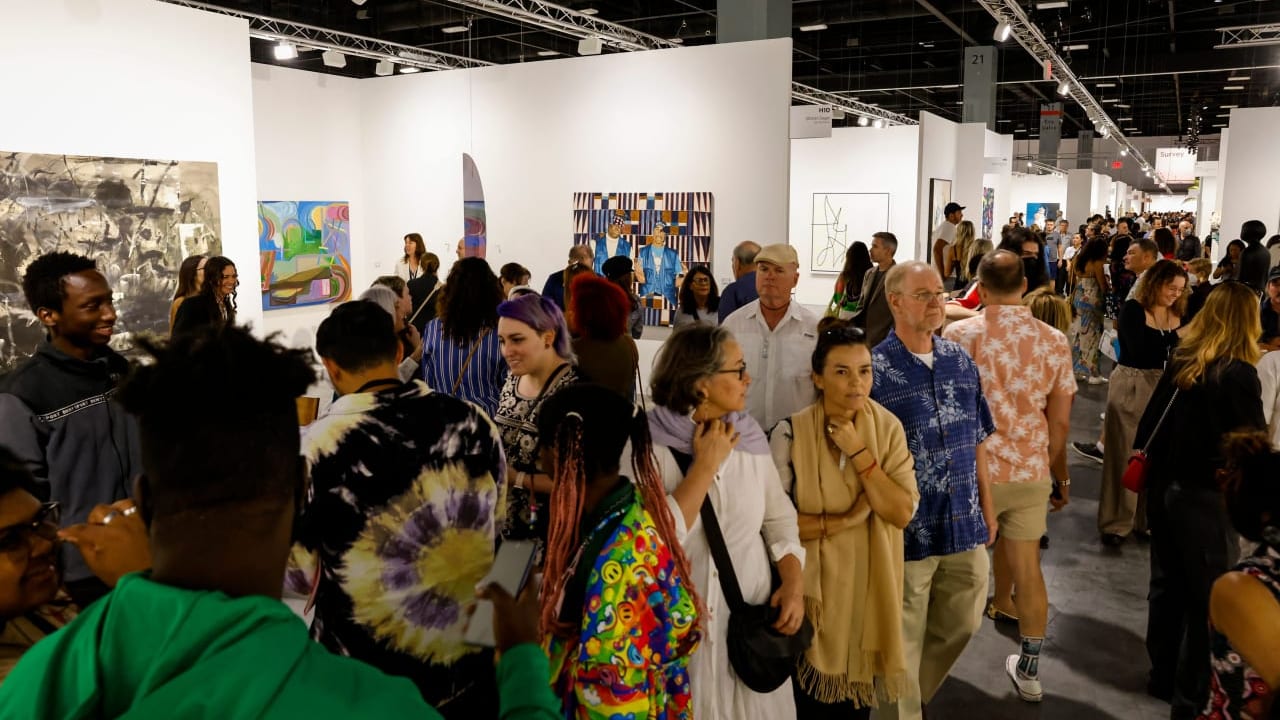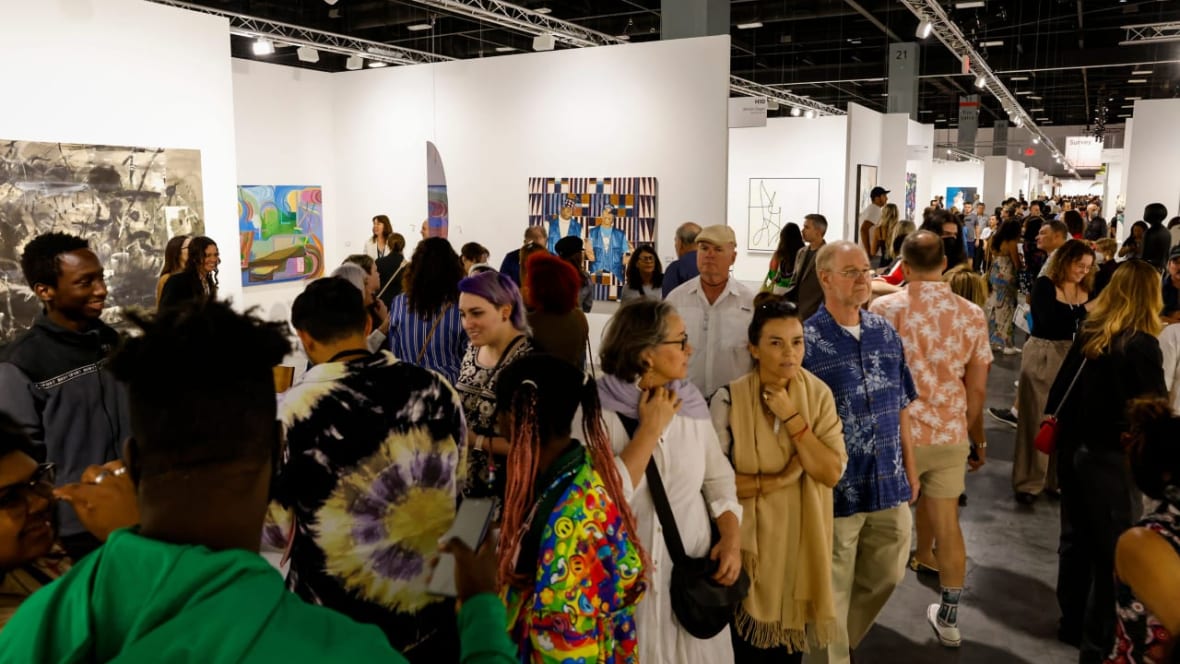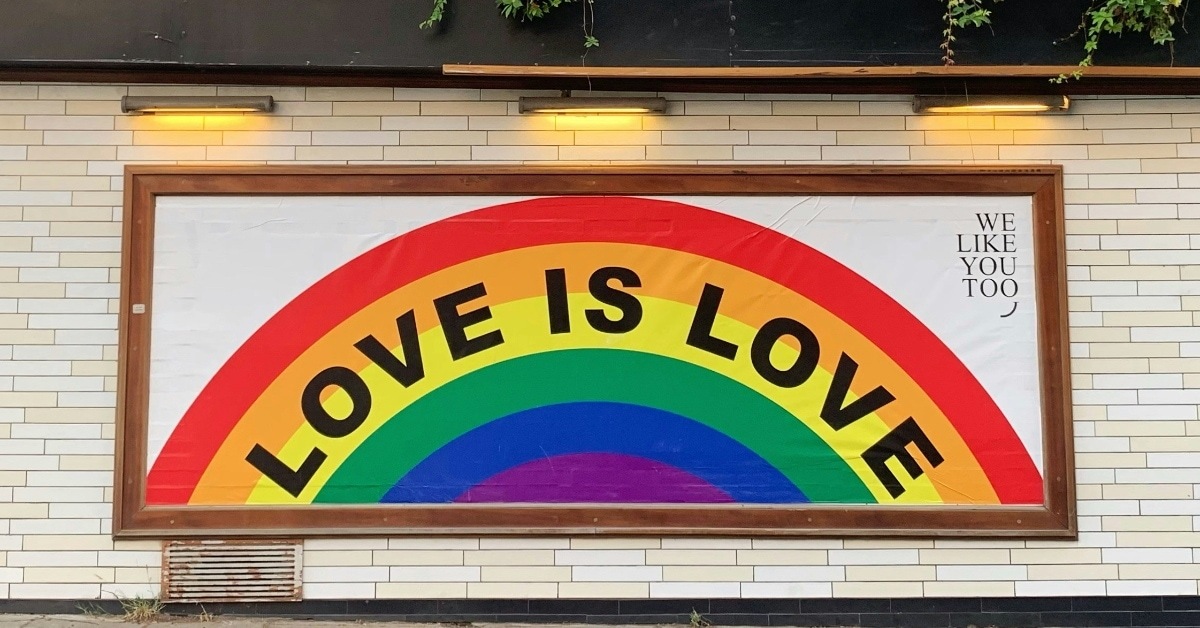Amid efforts to heighten diversity, Art Basel is still short on Black galleries
December 1 marked the launch of the twentieth year of Art Basel in Miami Beach; in the city’s Convention Center, The post Amid efforts to heighten diversity, Art Basel is still short on Black galleries appeared first on TheGrio.

After an internal reckoning in 2020, Art Basel organizers endeavored to include more Black galleries in its annual Miami event—but progress is slow.
December 1 marked the launch of the twentieth year of Art Basel in Miami Beach; in the city’s Convention Center, the eyes of many art lovers were searching for Black representation at the annual showcase of contemporary art and galleries. According to Axios Miami, the event’s organizers have taken a strategic approach to increase the number of Black galleries, artists, and even members of Art Basel’s selection committee in this and the coming years, sparking hope that its progress may reap better exposure for Black American galleries and art.

(Photo by Eva Marie UZCATEGUI / AFP)
The effort reportedly comes after the global racial reckoning of 2020, which forced an internal one, as well. Delayed by the onset of the pandemic, that year, Art Basel—where gallerists can spend up to $100,000 to host a booth, went virtual. However, the pivot to an online platform did not make the event more accessible to Black American galleries. Of the 281 galleries that participated in its 2020 event, “Art Basel didn’t feature a single African-American-owned gallery,” reports Axios. As also reported by the New York Times, “only a handful” of the galleries in Art Basel viewing rooms featured Black artists, most of whom were well-established.
“Perhaps more than any other industry, art fairs and, more specifically, Art Basel reflect[s] the economic inequality that already exists,” Paddy Johnson, art critic and founder of artist advocacy group VVrkshop emailed Axios in reference to this year’s event. “Art Basel isn’t in the business of building new art markets — rather, it supports and helps build already robust art markets.”
“This is not an Art Basel issue. This is an art-world issue. There are very few black-owned galleries in America,” said Art Basel’s Global Director Marc Spiegler told the Times in 2020. At that time, “there was only one African-American gallerist in the 176-member, nomination-based Art Dealers Association of America,” which assured the Times it was working “to expand and diversify” its membership as well.
In response to the events of 2020, Art Basel’s organizers began working to make the event more accessible, expanding its admissions requirements to allow younger applicants, and removing a stipulation that eligible galleries occupy a brick-and-mortar space. Additionally, “[m]ore people of color have been included on the selection committee in recent years,” reports Axios.
“We wanted to lower the obstacles to entry — not around quality, but around how long you had to be in business and what the nature of your business is,” Spiegler explained to the New York Times when the event resumed in December of 2021. “These galleries have enough hurdles without our having these regulations, which are outdated.”
That year, some already noted a “sea change” in Art Basel’s representation of Black artists and galleries. However, as Axios notes, there remains a deep disparity in eligibility “for minority-run galleries, due in part to structural racism.” It’s a nuance Spiegler, who will be departing his position at the end of the year, now readily acknowledges.
“There are not enough people within the marginalized communities of America who have the access to capital and social networks to make the art world look like the rest of America,” he said.
To that point, of the 283 international galleries currently participating in Art Basel Miami this year, only eight are Black-owned—with at least five galleries owned by Black women, according to the Miami Herald. Granted, it is a slight increase from the reported seven featured in 2021, four of which were Black American-owned, and over double the three African galleries featured in 2019.
Still, “If you’re not admitted to those fairs and the high-level curators and decision-makers and museums, you get overlooked,” Karen Jenkins-Johnson, owner of the San Francisco and Brooklyn-based Jenkins Johnson Gallery, told Axios. Hers is among a list of eighty Black-owned American galleries compiled by Artsy in June 2020, proving the number of qualified gallerists might not be so low as the barriers to entry are high. However, as is common in our collective history, the disparity has prompted many Black arts entities to take matters into their own hands, including creating Art-Basel-adjacent attractions that have become as much of a destination as the event itself. Looking to diversify your Miami Art Week experience this season? The Miami Herald published a “Black and Basel” guide to this weekend’s festivities, so you still have time to get in on the fun.
TheGrio is FREE on your TV via Apple TV, Amazon Fire, Roku, and Android TV. TheGrio’s Black Podcast Network is free too. Download theGrio mobile apps today! Listen to ‘Writing Black’ with Maiysha Kai.
The post Amid efforts to heighten diversity, Art Basel is still short on Black galleries appeared first on TheGrio.












